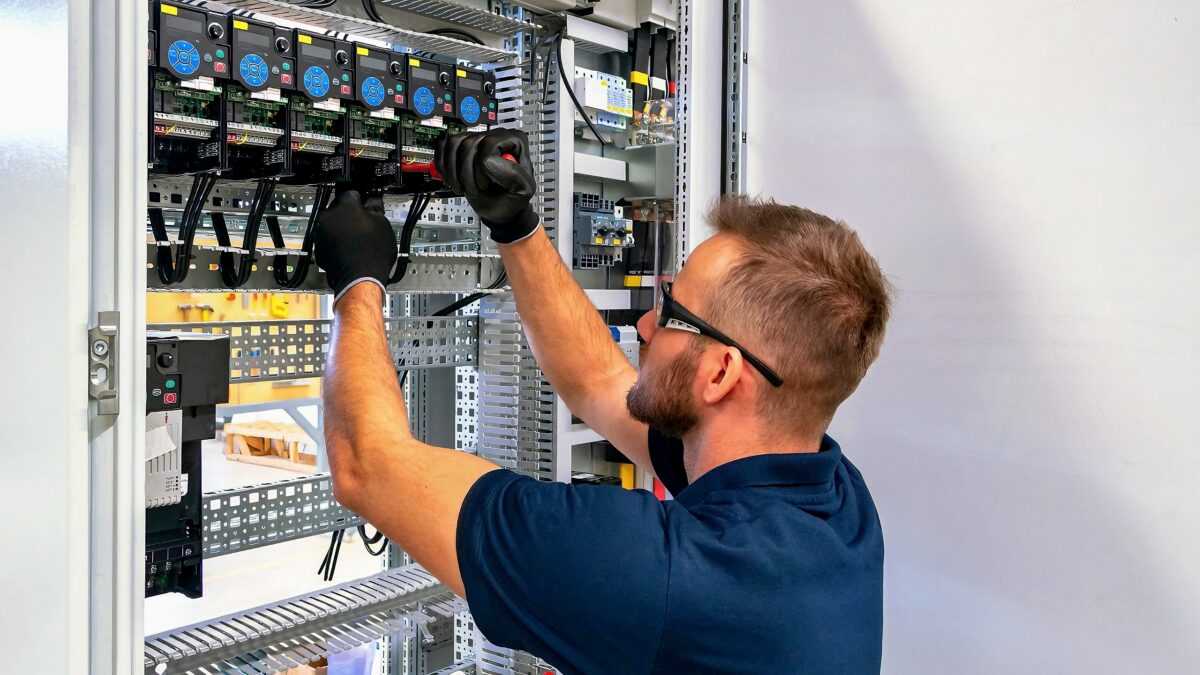
California’s clean energy leap: Easy electrification for most homes
New UCLA study finds most California homes can easily electrify without costly panel upgrades, thanks to strategic load management.
A hurdle in California's shift to clean energy might not be so big after all.
Most California homes can achieve electrification with strategic load management, eliminating the need for costly panel upgrades in a majority of cases, according to new research published in Energy Policy.
The study, led by Eric Fournier, research director at UCLA’s California Center for Sustainable Communities, analyzed the capacity of existing electrical panels in homes across the state. These panels limit a home’s power draw at any given time, and their capacity is crucial for electrification — increased electric appliance use can strain older or undersized panels.
“Our research is encouraging,” Fournier said. “Across the state, only 3% of single-family homes and 10% of multi-family properties were found to have extremely small sized panels that will almost certainly need to be upgraded to fully electrify their appliances.”
While most homes will not need panel upgrades, some may benefit from strategic load management techniques, like using smart panels or restricting the use of high-power appliances at the same time, to optimize electricity use within the existing panel capacity. These solutions can significantly reduce the need for panel upgrades — especially in multi-family buildings, where 59% of properties could benefit.
The study also reveals a potential challenge for equitable electrification: disadvantaged communities (DACS) have a higher proportion of homes with smaller electrical panels. In fact, DACs have four times more single-family homes in the smallest panel size category compared to non-DACs.

Panel upgrades can be costly, ranging from $2,500 to $5,000 for the average single-family home. “It is important to understand however, that in addition to reducing carbon emissions, electric appliances can provide other significant benefits to households in terms of enhanced performance, increased efficiency and cleaner operations,” Fournier said. “We need programs to support low-income households facing panel capacity limitations when seeking to electrify their homes.”
Continued research is also needed to fully understand the impact of electric vehicle charging on overall panel needs. As Californians transition to electric vehicles, their charging habits will become a significant factor in determining future electrical capacity requirements.
This research can inform strategies to ensure a smooth transition to clean transportation without straining existing electrical grids. It can empower policymakers, utility companies and stakeholders to develop effective strategies for a successful and equitable electrification journey for all Californians.
The approach will also include investing in infrastructure upgrades where necessary, providing financial assistance to low-income households in DACs and educating consumers about the importance of electrical service panel capacities.
Published:



